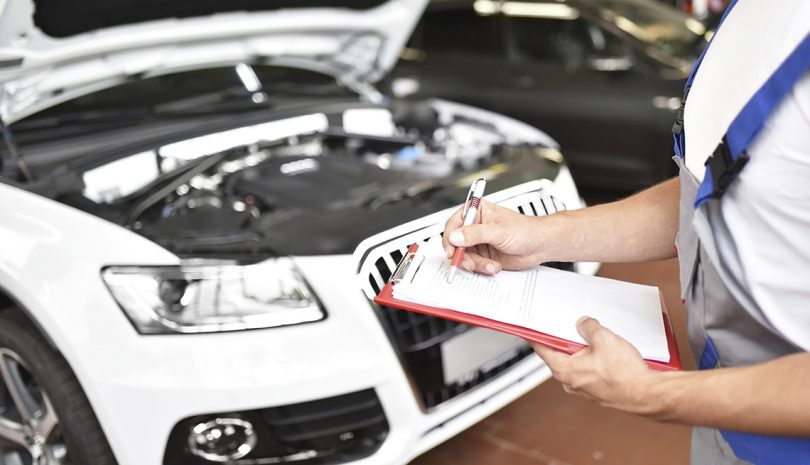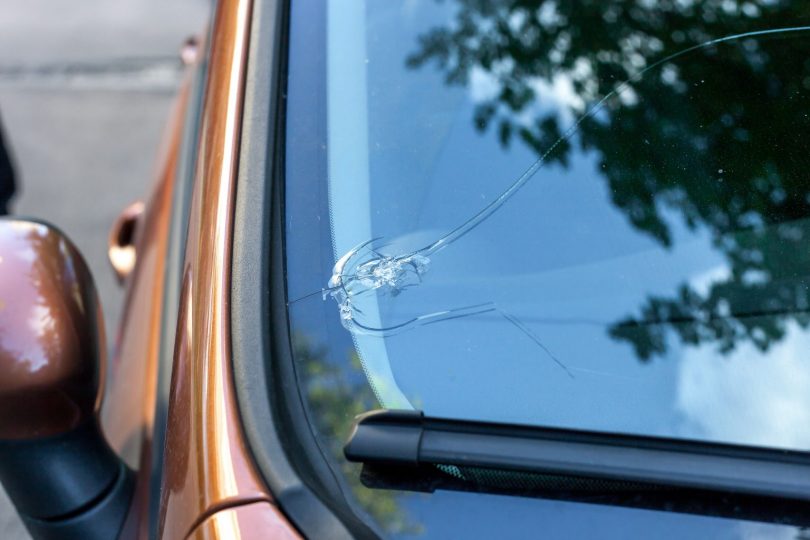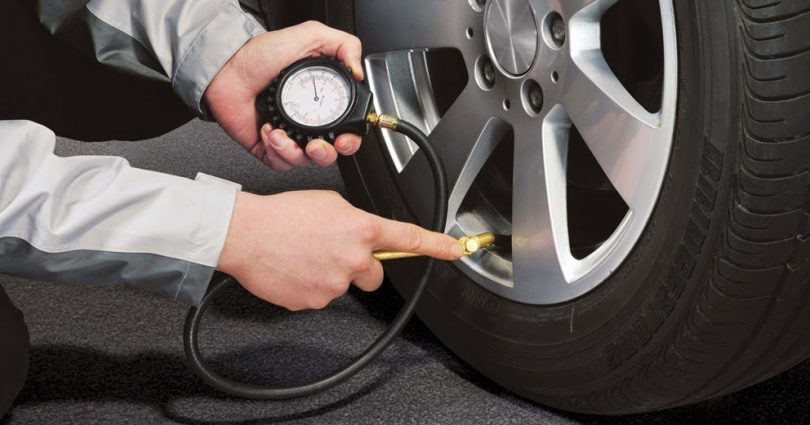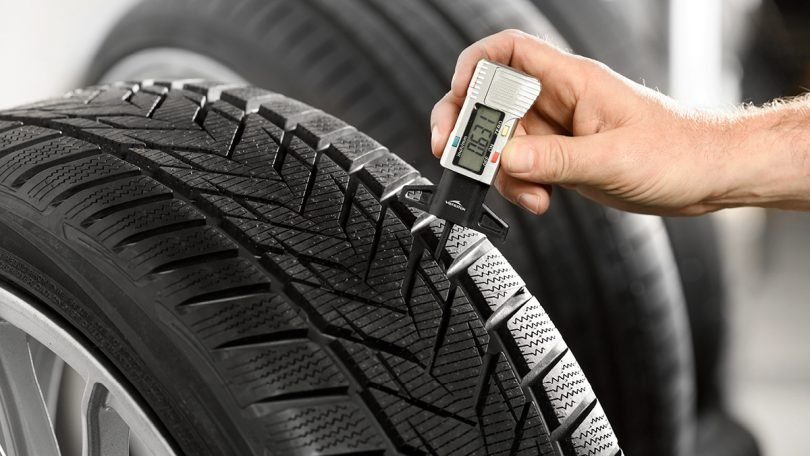 |
As a responsible car owner, you may be aware of the laws where you live regarding car maintenance and servicing. Generally speaking, in most countries, it is normal for a car to be serviced once per year, to check for any faults or other issues that need to be rectified.
During the rest of the year, you may notice issues and get them fixed on an ‘as and when’ basis. It is entirely possible that there may be clear indicators of a problem that, if left unresolved, can deteriorate into a bigger, and more costly issue.
1. Windshield damage

Source: pd.com.au
One example of this is how a windscreen chip may be small and unassuming, as well as fairly inexpensive to repair, yet if not attended to quickly a chip can degrade into a crack that requires a windshield replacement, see aviva.ca for more. A trained professional can fill windscreen chips in as little as under an hour, meaning you won’t need to partake in risky driving with obvious cracks. Certain companies may also travel to you at work or home to carry out the repair. You may be able to claim for this procedure as part of your car insurance, however, this will differ depending on your company or policy.
For the benefit of your safety, as well as managing your money, there are some checks that should be undertaken at the start of every journey.
2. Tire Pressures

Source: goauto.ca
Too high or low tire pressure can cause rupturing, which can lead to your car veering to one side and an accident ensuing. To combat this, you should check your tire pressures before the start of any long journey. This can be done using a manual or plug-in pressure gauge and pump. You should be able to find your ideal pressure amounts for the front and rear tires within your vehicle handbook. If there is too much air, you should let some out until you are at the required amount. Likewise, for too little pressure, you must add more in using a foot pump or switch on your pressure device until you reach an adequate level.
3. Tire Tread

Source: vredestein.ca
Another one involving tires, the tread can also be incredibly important. Tire tread relates to the grooves and lines within the car tires and helps your car to grip the road surface and avoid any slipping. This can be especially important during wet or icy weather, where the car is at more of a risk of aquaplaning. Tire tread should legally be more than 1.6mm deep. It is normal for a vehicle technician to start informing you of a need to replace tires from anywhere around the 3mm point to give you ample time to do so.
Looking after your car and checking for any potential damage or problems before both long and short journeys can help you in many ways. Most importantly, it can help to keep you safe when traveling in your vehicle. These checks can also keep you compliant with vehicle law, and help you save money by fixing minor issues before they become major ones.




